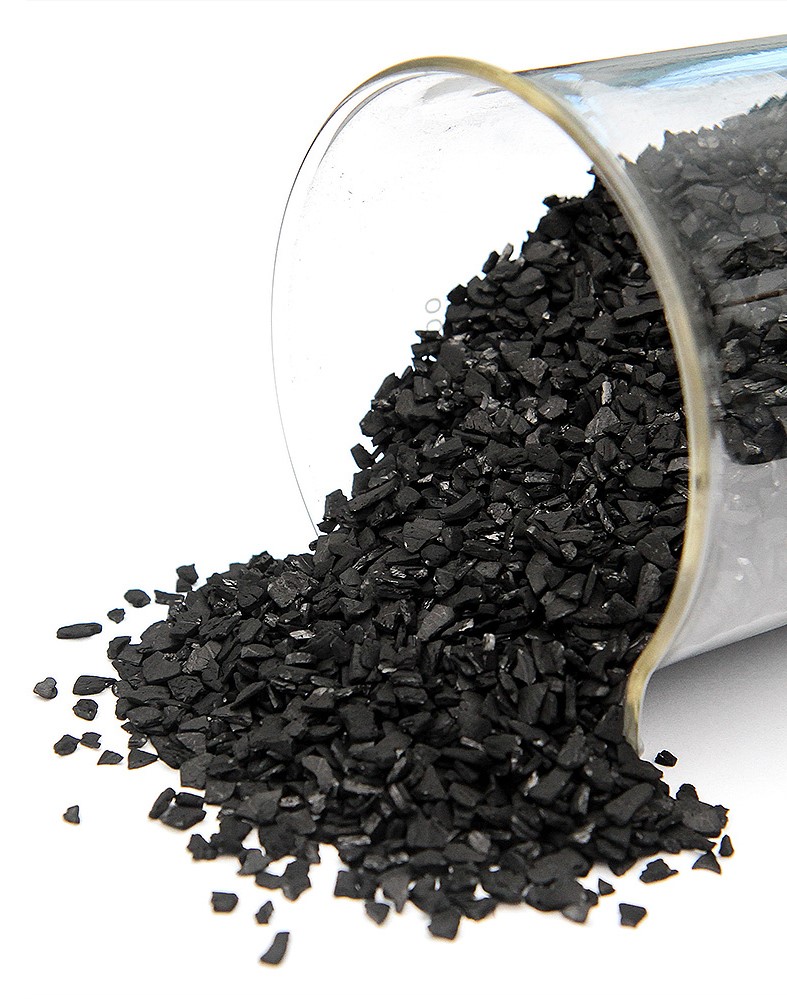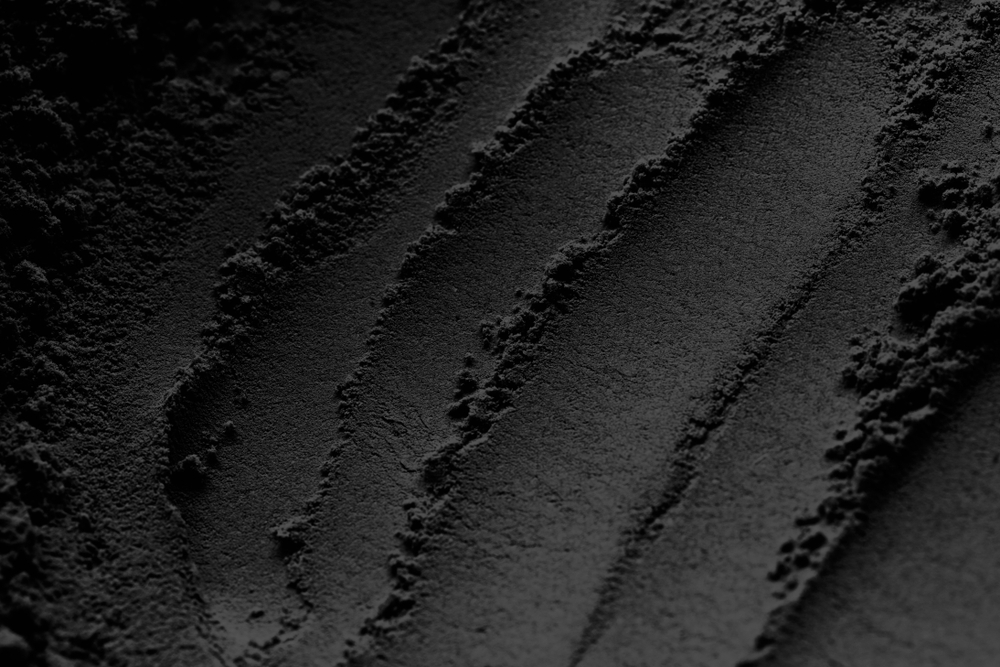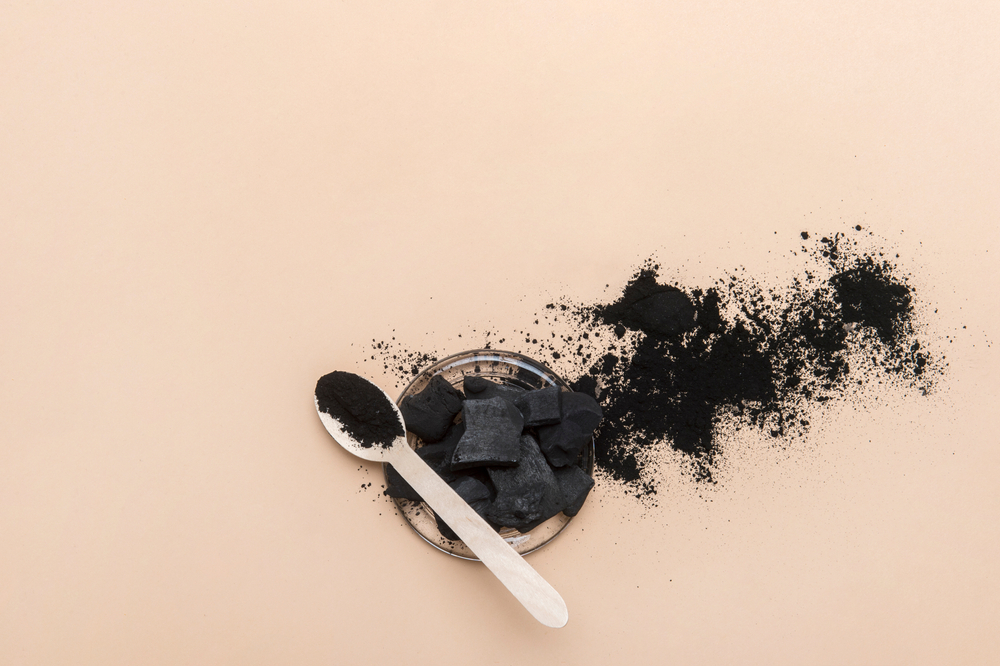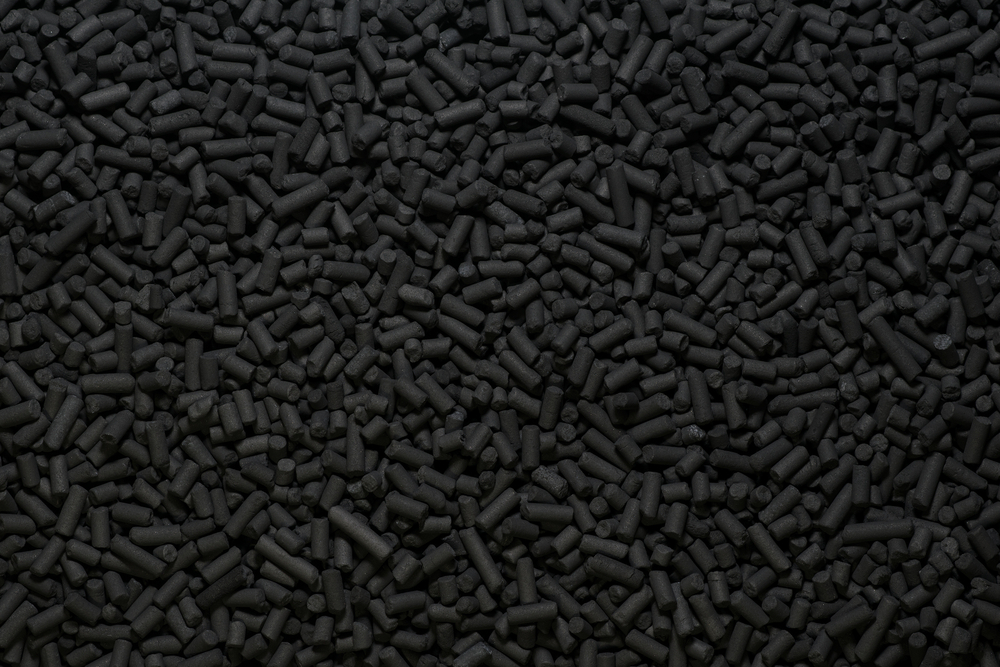About us
Aura carbon is an India’s first 5th generation technology industry to manufacturing Activated Carbon. We believe in innovation and technology enhancement to meet quality activated carbon to our clients. Our multi jet injection system can do uniform activation of charcoal and save energy during manufacturing process. We serve various pharma industries, drinking and sewage water treatment plants, gas phase and beverage units, air purification and cosmetic industries and many more.
What is Activated Carbon?
01. Activated Carbon
Activated carbon is a carbonaceous adsorbent with a high internal porosity, and hence a large internal surface area. The manufacturing and activation process and the basic raw materials used have a determining influence on the adsorptive capacity of activated carbon products in use. Raw material may be charcoal, bituminous coal, wood, coconut shells, olive stones, fruit stones, peat etc.
02. Properties of Activated Carbon
Commercial activated carbon grades have an internal surface area of 500 up to 1500 m2/g. Related to the type of application, three major product groups exist:Powdered activated carbon; particle size 1-150 μmGranular activated carbon, particle size 0.5-4 mmExtruded activated carbon, partilce size 0.8-4 mmA proper activated carbon has a number of unique characteristics: a large internal surface area, dedicated (surface) chemical properties and good accessibility of internal pores. According to IUPAC definitions three groups of pores are distinguished
03. Why are Activated Carbons Different ?
Macropores (> 50 nm diameter)Mesopores (2-50 nm diameter)Micropores (< 2 nm diameter)Micropores generally contribute to the major part of the internal surface area. Macro and mesopores can generally be regarded as the highways into the carbon particle, and are crucial for kinetics. Macropores can be visualised using scanning electron microscopy. The pore size distribution is highly important for the practical application; the best fit depends on the compounds of interest, the matrix (gas, liquid) and treatment conditions. The desired pore structure of an activated carbon product is attained by combining the right raw material and activation conditions.






